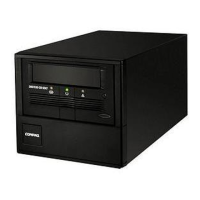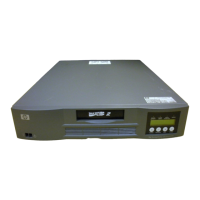Figure 68 FCIP impact on existing iSCSI configurations — dual fabrics per blade
.
In the dual FC fabric case, the impact is higher because after adding an FCIP Route there is only one
remaining FC port available for iSCSI. Therefore, only the targets from one fabric or the other will be
available to iSCSI initiators connected to that MPX200 blade; access to targets on the other fabric
are through another MPX200 blade.
FCIP and iSCSI performance
In most use cases, mixing iSCSI and FCIP on the same blade will provide adequate performance.
However, high availability/performance goals may dictate a dedicated MPX200 for each function
or protocol. For example, if your performance needs are for more that 8 Gb/s of FC access for iSCSI
alone, configuring FCIP on the same blade would limit FC access to only 8 Gb/s and would not meet
the performance requirements for that situation.
MPX200 iSCSI/FCIP configurations
The MPX200 router supports the following configurations:
• Figure 69 MPX200 basic FCIP configuration with one or two long-distance links
• Figure 70 MPX200 with FCIP and B-series switches with Integrated Routing
• Figure 71 MPX200 high-availability configuration with one or two long-distance links
• Figure 72 MPX200 high-availability with fully-redundant long-distance links
• Figure 73 MPX200 configuration with remote IP distance gateway (mpx110)
• Figure 74 on page 119 MPX200 highly redundant pairs of gateways with one or two long-distance
links
• Figure 75 on page 119 MPX200 highly redundant pairs of gateways with fully-redundant long-
distance links
• Figure 76 on page 120 MPX200 simultaneous iSCSI and FCIP with remote dedicated FCIP blade
• Figure 77 on page 120 MPX200 simultaneous iSCSI and FCIP, both local and remote
MPX200 FCIP116
